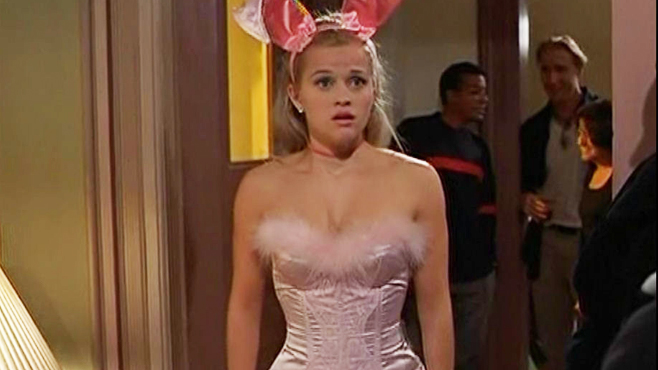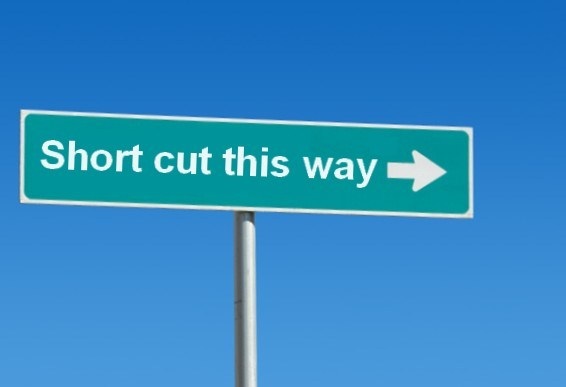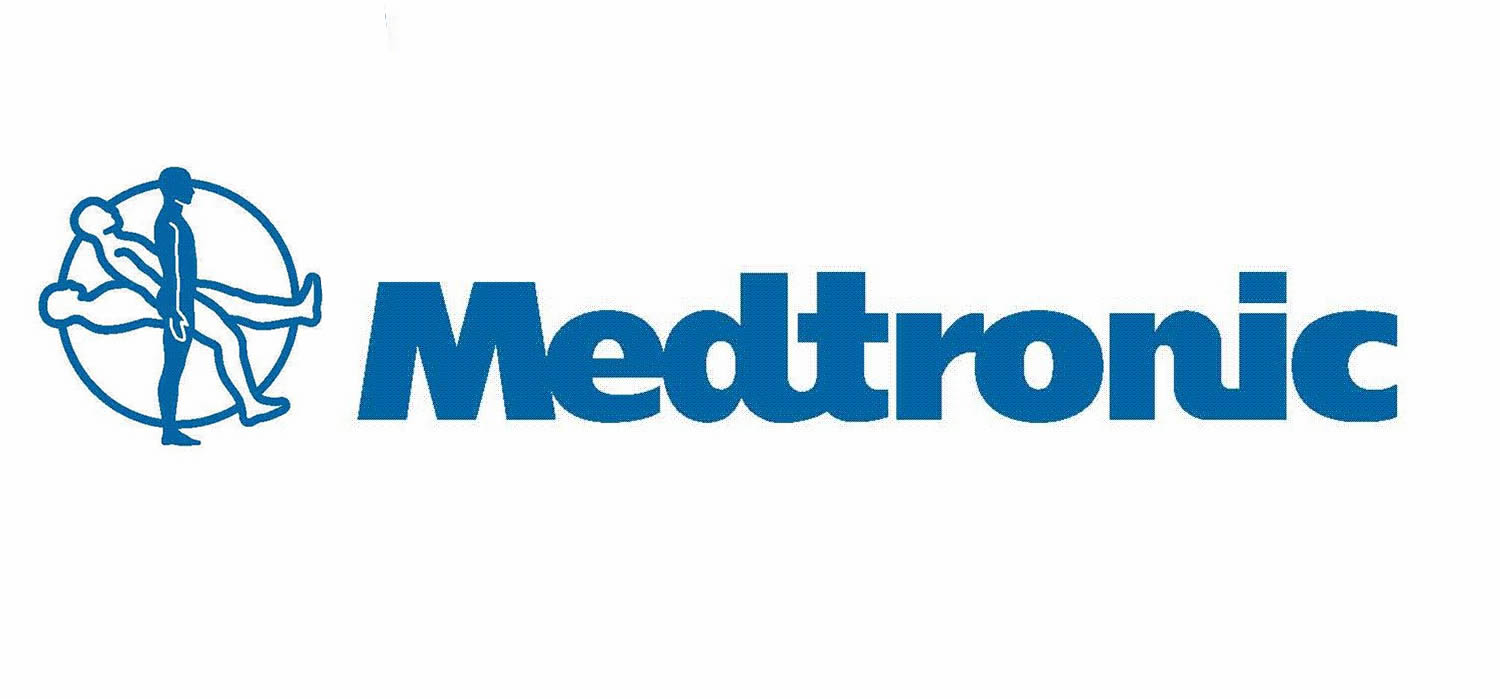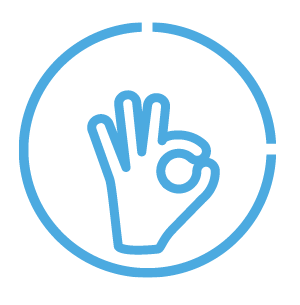In this last chapter on body language, we’ll talk about the body itself. This topic is divided into two parts:
- Outward appearance and presentation
- Movement in an open space – posture, sitting position, stability, and hands.
It is important to understand each of these things individually in depth. But the last analysis, the final result, and the way our message is transmitted, depends on the integration of both of these elements.
Outward Appearance
A cell phone company did a research project in which they asked their sales and service representatives to come to work for one month dressed in tailored clothing, but to continue to give exactly the same service as before. They didn’t learn any new service techniques and no new “sale” projects were approved. The only thing that changed was the way the representatives were dressed. When the month was over, the research showed two main findings:
- Customers reported that the service was more courteous and pleasant.
- The representatives themselves felt that the customers respected them and the work they did a lot more.
In conclusion, all the communications and proceedings between the service people and the customers were more pleasant for both sides.
It takes people just three seconds to form a first impression of the person facing them and file them into a certain category before they even open their mouths or shake hands. The way we dress, our appearance, and our presentation are cardinal elements in the way we are seen and others’ first impression of us. Appearance doesn’t only relate to the way we dress, though. It also includes complementary elements that create a particular image.
A common question is: how should you dress if you don’t know the dress code?
The best recommendation is to dress one level above what you think the dress code will be. It’s preferable to dress up than to dress down.
In the movie “Legally Blonde,” the character Elle (played by Reese Witherspoon) accidentally shows up at a fancy party dressed in a bunny costume (image shown above)! In some cases, it is just better to ask the dress code, rather than do some guesswork.
Movement In An Open Space
Posture when facing an audience – When we stand facing an audience, our instinct is to stand in one place. And if we have a podium, we almost always choose to stand behind it. We at VAYOMAR conducted an experiment in which we placed a chair or table in the center of the stage and asked our workshop participants to present. Over 90% of those tested chose to stand behind the chair/table and even to lean on the chair back or on the edge the table. The leaning expressed more than just a physical leaning, but also a mental one. The chair and the table acted as ”security blankets,” a kind of divider between the presenters and the audience.
The more we use the space that we have before our audience, the better we will succeed in transmitting our message. The message is that “we are in control of the stage,” and the audience’s first impression is that we are also in control of the message itself. A nonchalant and dynamic use of the open space before our audience gives the message of our control of the content, as well as our expertise.
If we are showing a presentation, it is obvious that we won’t stand and block it in a way that would have a camera on our body and would make us look ridiculous. We can stop the presentation occasionally, while continuing to speak. Use of the open space in this way keeps the audience’s attention and gives them the feeling that we control the content of our talk at a very high level.
Stability – The way in which we sit or stand (depending, of course, on the situation) greatly influences how we are perceived. There is a correlation between how we hold our shoulders and if we are perceived as people with high or low self-esteem. It is very important, when sitting, to sit straight – the message you transmit is that of a person with confidence in himself and in his messages.
Hands – Of all the non-verbal elements of body language, the use of hand movement is the most dependent on cultural background. There are cultures that make great use of hand movements; however, there are Far-Eastern cultures where hand movements are considered blunt and disrespectful.
On the other hand, in Western cultures, hand movements are very acceptable and are often very natural. They can help us realize the message we want to transmit. For example, if we want to actualize direction or size, it is natural to use our hands to demonstrate this. However, there are also well known errors using hand movements; for instance, standing with our hands in our pockets or behind the back. But one of the most frequent hand movements, to which we pay little attention, is touching the face or hair. Studies have shown that a person touches his face and/or hair about seven times a minute.
When we stand before an audience the area around the face must be clear so that it will be easier to understand what we are saying and our movements can be mimicked. The face should be hidden as little as possible. Touching the hair broadcasts a lack of confidence and touching the throat broadcasts hurt. But at the same time, a hand touching the heart shows that we are speaking honestly and from the heart.
Reflecting – A situations that happens very naturally is how we appear and reflect those around us.
We have a tendency to imitate the body language of the person opposite us. This is a natural situation that happens without our noticing it. For example, if someone opposite us is sitting with their legs crossed, it’s generally only a matter of minutes before someone else crosses their legs. If there’s a rhythm to someone’s speech, or a staccato way of speaking during a discussion, or even hand movements that characterize the person opposite us, in a very short time, the person opposite us will adopt some of these nuances and will communicate in the same way. People who are generally more communicative will reveal the gestures of the person opposite them easily and quickly. The techniques of reflection exist unconsciously in all of us.
Reflection permits approach. As soon as we behave in a way similar to the person opposite us, we automatically feel closer to each other and feel that we’re speaking the same language, thus making our basis of communication more effective.
I am like you.
I like you.
Like = “similar to” as well as “fond of.“ It’s not by chance that these are the meanings of this word and this is a good example of the reflecting effect. We won’t always know how to explain the reason for a better feeling, but we will know that there was good chemistry. As soon as we become more aware of this, we try to be more proactive with this chemistry. The chances are better that we’ll intensify communication and cooperation with the person opposite us.








Great comment – I think you’re absolutely right to point our there is an underlying cultural dimension to posture and stance, and personal interaction is never just about the voice or content. Working as I do with a number of very technical and intellectual professional people, who have a great deal to contribute to meetings and presentations (and can be the key reason why a client buys services from their company) Pitch Factory has developed a method of coaching we call (somewhat grandly) ‘teaching professionals to perform in their own skin.’
In my ways the thinking isn’t altogether different, but we start from the premise that the first step to confident presenting is to overcome the nagging self-consciousness come clients feel, faced with their moment in the spotlight.
I have been absent for some time, but now I remember why I used to love this site. Thanks, I will try and check back more often. How frequently you update your website?
Thank you for your post.Really looking forward to read more. Will read on